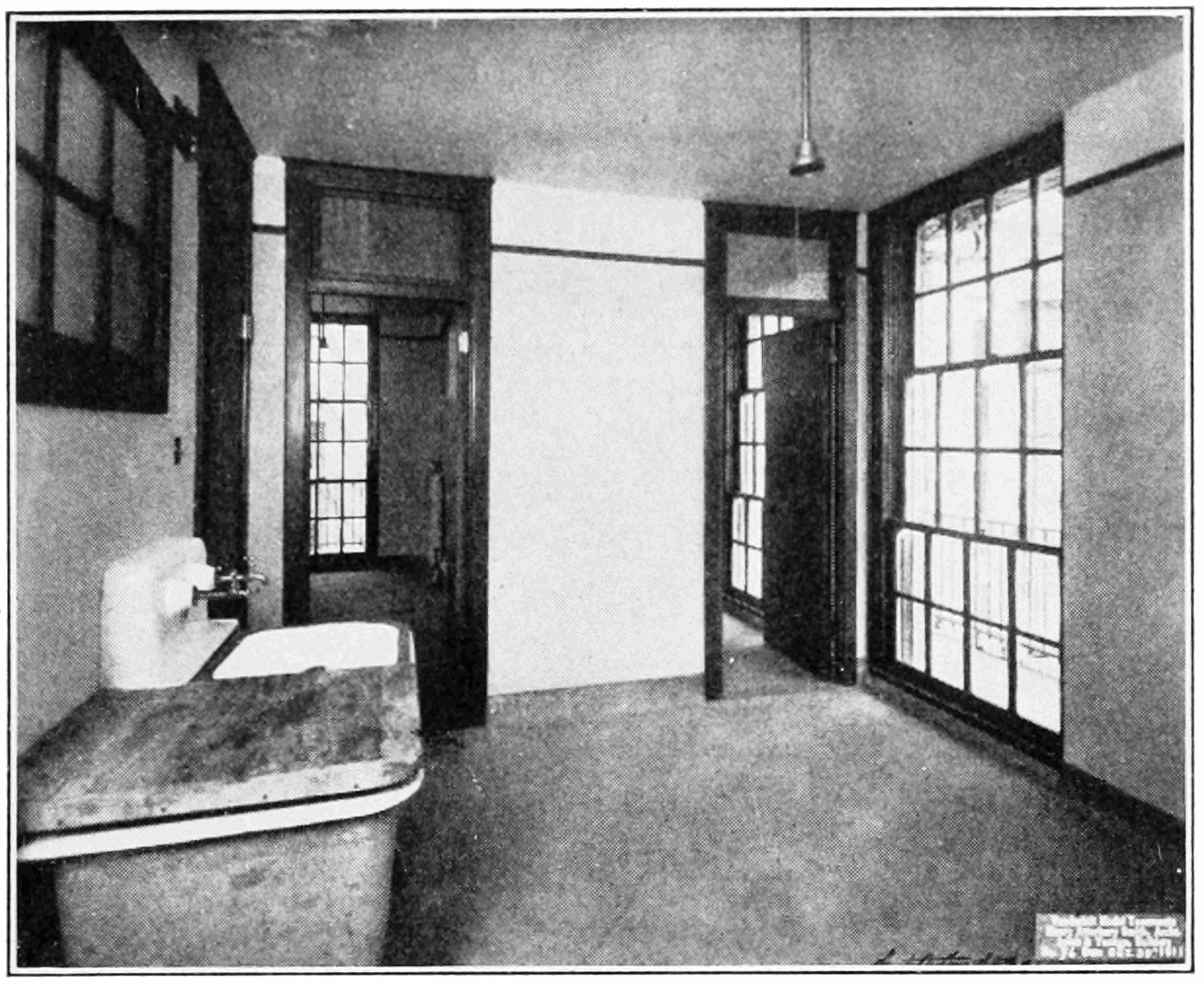The other day I read an article in the New York Times, from 2011, about a particular block on Manhattan’s Upper West Side that had a colorful history. One particular sentence jumped out at me, and I’ve bolded the part that caught my interest: “The handsome red brick apartment houses at 167 through 173 West 83rd Street are one of McKim, Mead & White’s minor commissions; even famous architects have to put food on the drafting table. People often call such buildings tenements, but these were known then as flats, for tenants a notch or two above the working class. They got one three-bedroom apartment per floor.” Were those dwellings really once known as flats, in the heart of New York City?
It’s widely known that the noun flat has different meanings on either side of the Atlantic: for a Brit it’s “a set of rooms forming an individual residence, typically on one floor and within a larger building containing a number of such residences” (i.e. what is known across the pond as an apartment). For Americans, a flat is what you get when the air comes out of your tire. (Or your tyre, if you’re English. But that’s another story.) I can’t find any references in dictionaries or on language forums to indicate that the American flat was ever used historically to describe a dwelling; however, sure enough when you search the archives of the New York Times, the evidence is there in abundance. Flat was apparently used almost synonymously with apartment or tenement well into the first half of the 20th century and a few years before. The examples below (all from the New York Times) show that the term was used liberally to describe both the individual residences themselves and the multi-story/multi-residence buildings that contained them — much as the word tenement did and continues to do. And below these examples you’ll find out why the word flat came to disappear from the American real estate vernacular.
From Jan 22, 1904: “Giant powder in sufficient quantity, according to experts, to blow an entire city block into fragments, was taken yesterday by the police of the West Forty-seventh Street Station from a vacant flat in the tenement at 594 Eleventh Avenue, not far from the places where, within a month, attempts to blow up two large structures in process of erection have been discovered.”
From Feb 22, 1920: Under the subheading “Flat and Tenement Sales”: “James Fi. Cruikshank purchased from Theresa Levy the two four-story brick flats at IO8 and 110 East 109th Street on a plot 38 by 100, valued at $20,000.”
From as late as Jan 1964: “Boy With Rat Bites Found Dead In a Tenement Flat in Brooklyn: … “The mother, who is supported by welfare payments, told the police she had left the children in her five‐room flat with Mrs. Fannie Stokley, an aunt who lives with them, to search for another apartment.”
Among some of the readers’ questions in the New York Times‘s Streetscapes section in 2010, Jean Harrington asked the following: “My father, Leo Harrington, was born into a “railroad flat” in 1902 at 707 Columbus Avenue. What is a railroad flat?”
Times real estate columnist Christopher Gray — author of the article that inspired this post — answered Ms Harrington’s query (and Glosso’s above) in a couple of short paragraphs:
“Today, pretty much any five-story walk-up is called a tenement. But your father’s use of the term “flat” suggests a certain shading, generally indicating housing for the more prosperous, as does the layout of two apartments per floor. Four families per floor would have made the building a tenement, in the usage of the time.
“Your father’s family probably would have bridled at the term tenement. However, after a sweeping revision of housing codes in 1901, both flats and tenements were lumped into the category “old law tenement,” as the term took on a more technical meaning, and was even applied to multiple dwellings on Fifth Avenue.”
I had the pleasure of living in one of these “railroad apartments” when I first moved to New York City from the UK, nearly a century after Leo was born into his railroad flat. I never realized — until now — that I could have used Leo’s term to describe my home; it certainly would have rolled off my British tongue with much more ease.
***

